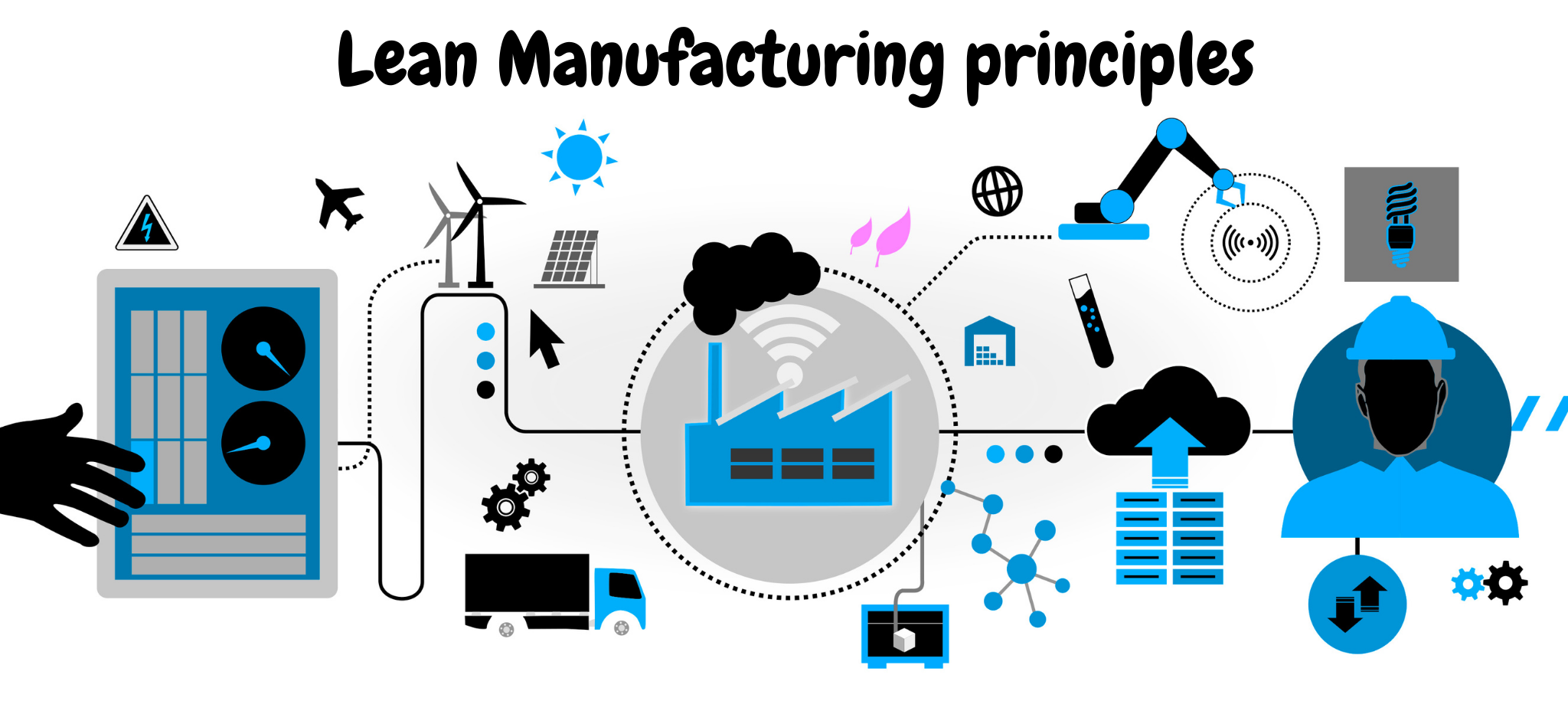
Make Data-Driven Decisions for Peak CFO Performance
Prashanth
- 0
- 43
Data-driven decision making is a cornerstone of peak financial performance. By understanding your business and the data that underlies it, you can make smarter decisions that help your organization achieve its goals. This article discusses how to make data-driven decisions for peak CFO performance.
If your organization doesn’t have a formal data strategy or plan, and if you’re not tracking your information well, there is an excellent chance you are falling behind in key areas of financial reporting such as understanding your cost of revenues and controlling the cost of sales. While it may seem obvious that tracking key financial performance metrics such as sales, cost of sales and expenses is central to understanding your organization’s economics, there may be more reasons you aren’t meeting your performance goals.
To succeed in your role as a chief financial officer (CFO), you must be able to quickly and accurately analyze the financial performance of the company you work for. The process of analyzing financial data is referred to as finance analytics. So, how can you take a closer look?
To do so, here are some of the key points to keep in mind about data:
There’s plenty of data, but what makes it useful?
It’s easy to get bogged down with all of the data you collect and be unable to utilize it. While the sheer amount of unstructured data and data created by a business (both internally and externally) can be staggering at times, you want to make sure you focus on data that are either very specific to your organization, or data that’s important for you to be using and that’s useful.
In other words, you’ll want to ask: Does this data have a direct impact on improving the financial performance of your company? Does it have the potential to change how your organization operates? A good CFO will keep track of all of the data her or his company produces, but you should only focus on the data that you can use.
Consider whether the data is relevant to your organization so you can develop a strategy for the data.
Data in the 21st Century
In the 21st Century, data is the most powerful form of communication. It isn’t just a commodity we can buy or produce, it’s an asset that must be managed. At the same time, data is becoming more powerful and pervasive.
To illustrate this, take the data produced by the company you work for: When the data is collected, it’s generally recorded and available for use in a variety of ways to produce insights that can transform not just your business, but the entire organization.
A 2017 study by Forrester called Predictive Analytics in Retail and Service Organizations, found that 78% of the world’s retail and retail service organizations have already implemented some form of this technology. The study found that the leading organizations in the space are using data analytics to uncover hidden insights. More than 70% of respondents indicated they had changed their operations, business practices and organizational structures for predictive advantage.
So, think about how your data is used. Are you collecting data that can be analyzed so that you can be competitive? What information do you have that can improve your efficiency and effectiveness?
Understanding data helps you to understand your business.
If your organization is using an analytics tool that allows you to create dashboards, reports and insights from data, then the data you collect will have a direct impact on how you operate your business.
In other words, if you’re not able to quickly and easily analyze data, it may be that you’re not collecting enough information to allow you to analyze.
One of the key issues CFOs should keep in mind when it comes to data is that it can be both informative and disruptive. What information can you collect that is both specific to your organization and useful? When can you collect this information so as to not disrupt the business and the work of others?
One of the best ways you can understand and manage your data is to become familiar with the types of data you’re collecting. If you know your business, the key things you want to monitor, and how to do so, then you’re one step towards being able to collect that data.
Make it a priority to know which data is important to your business, and then know how you would most effectively collect that data. For example, if you know a certain key trend of your business is driving more cost or revenue, it will be easier to keep an eye on it and collect the data related to it.
Data is just one part of how you analyze the financial performance of an organization, however. In fact, the Financial Times recently published an article on how to be like a CFO. It emphasized that the CFO should be a subject matter expert in finance, and have deep subject matter skills. But, this means that the CFO should also be adept at other areas of business, such as supply chain and customer service. This is a new trend, one that is slowly growing as CFOs become better versed in all of the business elements that make up a successful organization.
Think about this: In the past decade, we’ve seen the rise of a new profession, the Chief Data Officer (CDO). The role of the CDO is to ensure that your organization is collecting and managing data better. There’s not just one CDO, however. Data has become an everyday need and an everyday expectation, and a business without data is a business without anything. The CFO must be in tune with all of the data that is being used to manage an organization.
What data should you track to better understand the financial performance of your business?
In the current dynamic environment, External Data is as important as Internal Data. It gives you access to external information from third-party services and suppliers to understand market trends, customer behaviour, competitors, and more. Tracking External Data with a unified Data platform will give you a complete view of your organization and help you to make better business decisions and improve your performance.
The following 5 things are essential for CFOs to track in order to increase financial performance:
Revenue – How is the business evolving as your company matures?
Expenses – How have expenses increased over time and by category?
Products – How are customers consuming or are you providing the service or product? What are the future projections for these products and new products planned?
Cashflow – How much cash is accumulating and how is it growing or declining?
Capital and Liabilities – How much capital each component is using or investing?/ What are the liabilities and when are they due.
Growth – How much is being produced, through what market and at what pace is it growing?
All of these questions need to be answered so that your business can be successful. And, if you don’t keep track of all of the information that is being used, how can you keep up with a changing market environment?
How to Track External Data in Finance
Many Finance teams look to internal information such as internal reports, business performance reports, and financial statements when they are creating data visualizations. However, if you don’t have an external data layer that tracks information in a consistent manner, then you may be missing key insights and understanding.
A good finance executive should have the ability to read those reports, understand what they are saying, and then see if there is any information that isn’t being captured internally that would be useful for the finance team.
If you want to know how to track external data in finance, here are some key things you want to know:
What type of data or insights are provided by others in the marketplace that are relevant to your organization?
Do the external sources use external data management solutions to collect their insights such as SAP Business Objects, Qlikview, Looker, and Oracle IQ?
What are the pros and cons of using an external data platform versus collecting data internally?
Once you’ve identified the key metrics that need to be tracked, and have a list of external data that needs to be captured, you’re ready to start capturing this data in Finance. Below are suggested methodologies that CFOs and finance executives need to consider when developing a plan to capture external data:
Finance Teams
Every finance organization has their own unique needs, but there are some data points to consider. It is often best to use a framework based on a set number of questions and metrics, and use that to guide the overall process.
Financial reporting
The financial reporting landscape has changed – especially with Big Data and open financial data. Now, finance teams need to start thinking about how to collect and report external information in a way that is valuable.
Do you have an information dashboard that tracks data? If your finance team is missing vital insights from other financial reports, a dashboard could be a great solution so that members of the team have a real-time view of how the company is performing and if the numbers are coming in what they are expecting.
Budgeting and forecasting
What changes are you making based on market or economic conditions? Now, is there a way to capture and quantify changes happening in the company’s budgeting and forecasting that could be used to understand market performance?
Financial planning
Now, how did the financial planning come through in the market – are the numbers meeting expectations? Have any changes in economic variables or trends impacted the plan? Are the numbers still on track?
The list goes on. As a CFO, you can use all of your expertise to help your organization improve its decision-making using data. And, if your organization doesn’t have a data strategy or plan, there is an excellent chance you are falling behind in key areas of financial reporting such as understanding your cost of revenues.
Conclusion
In conclusion, by being data-driven, CFOs can make better and more informed decisions that will lead to peak performance. By monitoring performance metrics and analyzing financial data, CFOs can identify areas for improvement and make changes that will result in increased profits. Furthermore, by using data analytics, CFOs can identify trends and make predictions that will help them plan for the future. In order to be successful, CFOs must embrace data-driven decision making and use it to drive positive change within their organizations.
Can be reached via email at 01prashanth@gmail.com or a private message on LinkedIn if you would like to discuss this topic further.

